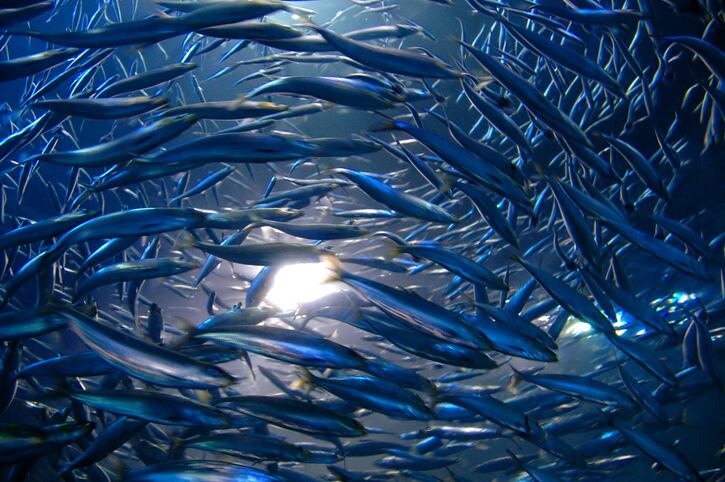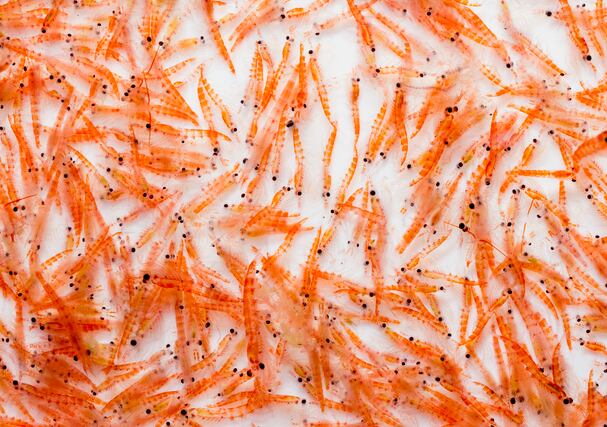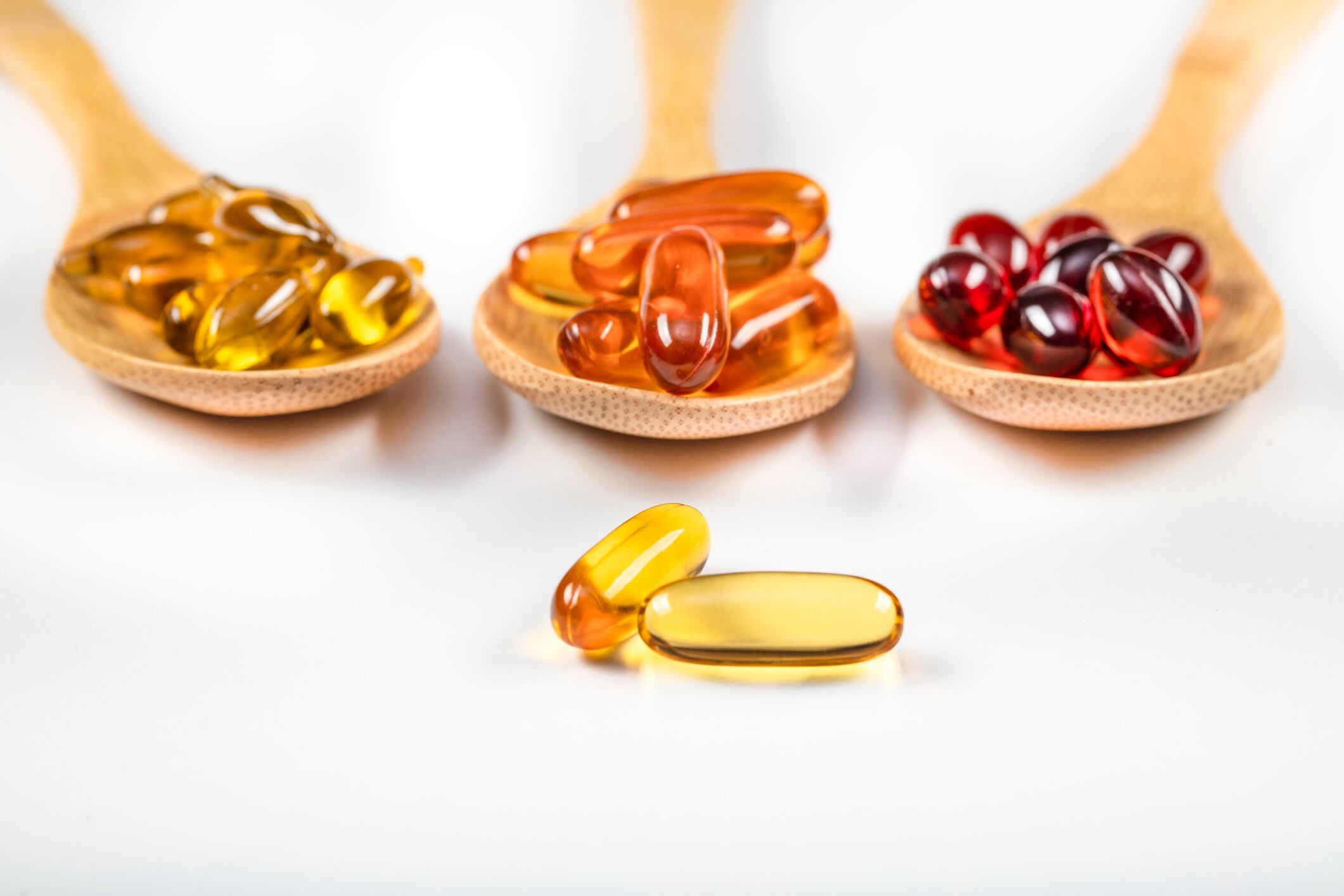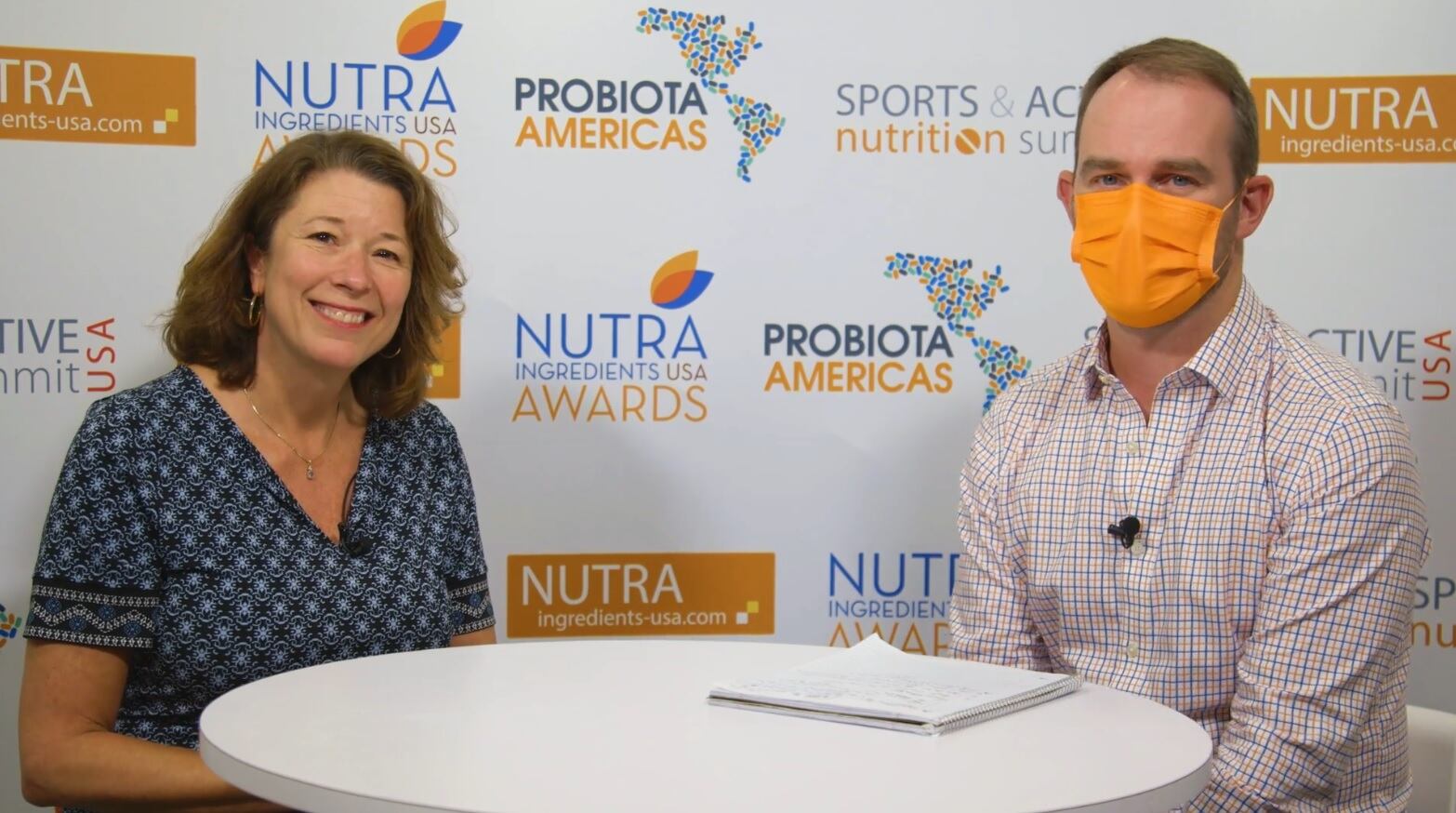Recent world events, including the war in Ukraine and the lingering global pandemic, had shoved sustainability concerns off the front page in the past couple of years. In the meantime, though, researchers and fisheries managers have continued to monitor the major sources of omega-3s, and generally have good news to report.
As omega-3s became popular, sustainability questions emerged
The major source of the world’s marine sourced omega-3s supplements continues to be the anchovy fisheries of Peru and Chile. More than two-thirds of the overall supply of these ingredients continues to come from this one source. Other oils from species such as tuna and mackerel can be found in the market and in products on the shelf, but are bit players in the overall scheme.
Sustainability concerns were first raised for omega-3s in the mid 2000s when the ingredients began to become truly popular on the global stage. If all of the world’s population were to receive the 500 mg daily of EPA and DHA recommended by health experts, it was recognized that there weren’t enough fish in the sea that could be sustainably harvested to supply that demand.
The hidden backstory, however, was that however popular fish oils and krill oils became as dietary ingredients, that demand was never the main driver of the industry. Rather it was the growing and seemingly insatiable demand for aquaculture feed that was the primary driver, and the omega-3s used in supplements merely rode on those coat tails.
Be that as it may, manufacturers of marine sourced omega-3s ingredient still have to be able to answer sustainability questions.
GOED: Peruvian fishery picture one of stability
Ellen Schutt, executive director of the Global Organization of EPA and DHA Omega-3s (GOED), said the latest figures of fish landings from the Peruvian anchovy fishery show a trend of stability indicating the fishery is being carefully managed by Peruvian authorities.
Surveys of overall biomass and the amount of spawn in the water are undertaken before fishing begins for each of two annual harvest seasons. This incredibly productive fishery, driven by the nutrient-rich upwelling of the cold Humboldt Current, naturally fluctuates under the influence of periodic cycles such as El Niño and La Niña events.
"When we talk about sustainability, GOED often uses the Peruvian anchovy fishery as an example of a well-maintained fishery. The quota for each fishing season is set after a scientific body completes a sonar cruise to determine the biomass and there have been examples where the entire fishing season has been cancelled because of a too-small biomass or a concern over too many juveniles. The quotas actually have not declined over the past several years; they follow a natural volatility,” Schutt told NutraIngredients-USA.
Schutt said recent data from the fishery shows quotas of as high as 3.3 million tons in a season to as low as just over 2 million tons. The overall trend line is flat, she said.
Krill fishery in spotlight
Another high profile source is the krill oil fishery in Antarctica. While this, too, is a bit player from a total tonnage aspect, it garners a lot of attention because it is the newest of these fisheries and one conducted in a pristine environment that as yet is little impacted by the activities of man. Pål Skogrand, Director of Sustainability and Antarctic Affairs at Aker BioMarine, said the picture of the Antarctic krill fishery is also one of stability. Aker is now by far the single largest world harvester of krill.
Skogrand told NutraIngredients-USA that a population survey on krill done in 2019 showed the overall biomass had actually increased slightly from what was estimated in 2000, to a total of 63 million tons.
Skogrand said a study published last year in the Journal of Crustacean Biology bolstered the view that the fishery is in good shape. The authors of that study, however, did say a future goal should be to create a system to gather enough real time biomass abundance data to be able to set varying harvest quotas as is done in Peru.
Even without the biannual survey data that is available for the anchovies, Skogrand said all indications are that the krill harvest has a negligible impact on the overall biomass.
“Today, there is probably no other fishery in the world that takes out less of the estimated biomass: the allowable catch is less than one percent of the biomass (620,000 MT catch limit) and the actual catch is about 0.5-0.6%. This is part of the reasons why the Aker BioMarine krill fishery is so well rated by independent certifiers like Sustainable Fisheries Partnership and Marine Stewardship Council,” he said.
Climate change concerns continue to dog these forecasts. It has only recently been appreciated the role that sea ice cover plays in krill biology, with the underside of the ice forming both a refuge and a food source for the developing juveniles (recent studies found the krill larvae feed on trapped biological particles in the ice).
Skogrand said Aker is cooperating with CCAMLR (Commission for the Conservation of Antarctic Marine Living Resources), the multi governmental body that researchers the biomass and sets catch limits.
Sail drone as research tool
Sail drones are one of the data gathering tools being used in the region. Aker has been testing such a drone, which moves via a fixed sail vane and derives power from solar panels as it conducts sonar surveys which can pick out krill swarms. Once the drone’s operation is fully validated, fleets of such devices could provide the kind of data that could lead to more month-by-month management of the fishery.
“Aker BioMarine is co-founding a cross disciplinary research project which aims to use data from the sailbuoy for scientific purposes. With this, it may be possible to monitor the krill biomass at a much more granular level than in the past and at a lower cost,” Skogrand said.
“The data from the sailbuoy has been very valuable. However, we are still in a R&D project stage to figure this out properly. At this time, it looks very promising and we will see how the sailbuoy handles the harsh conditions of the upcoming winter months,” he added.




